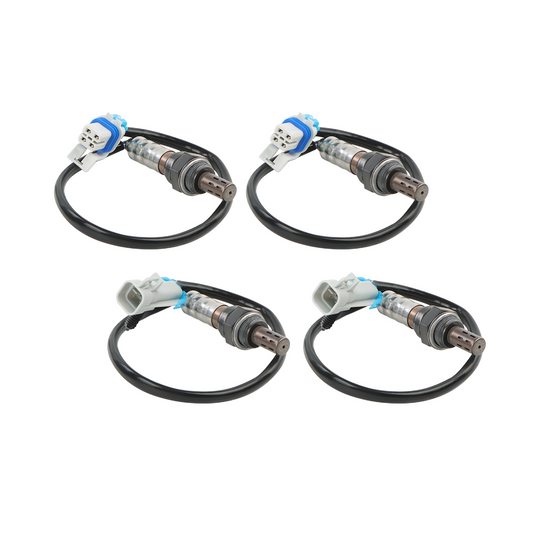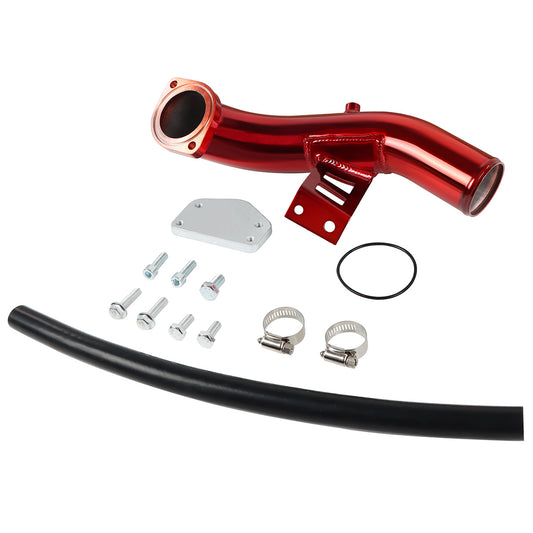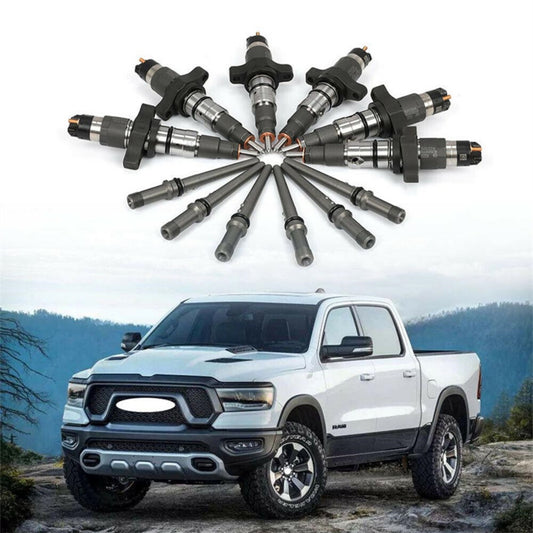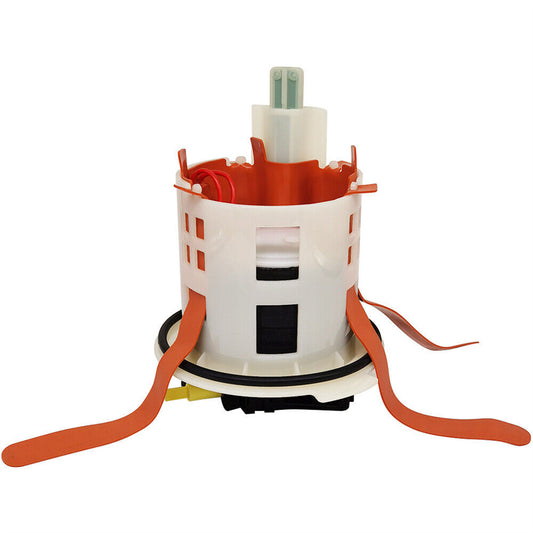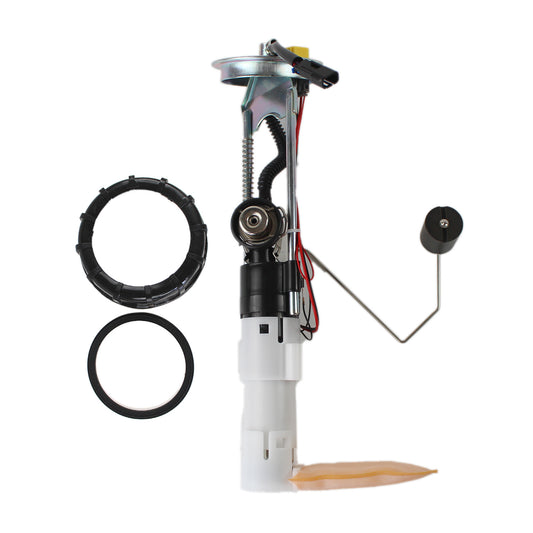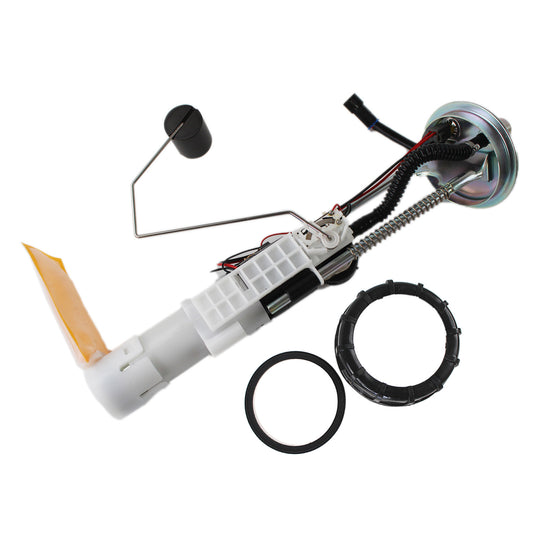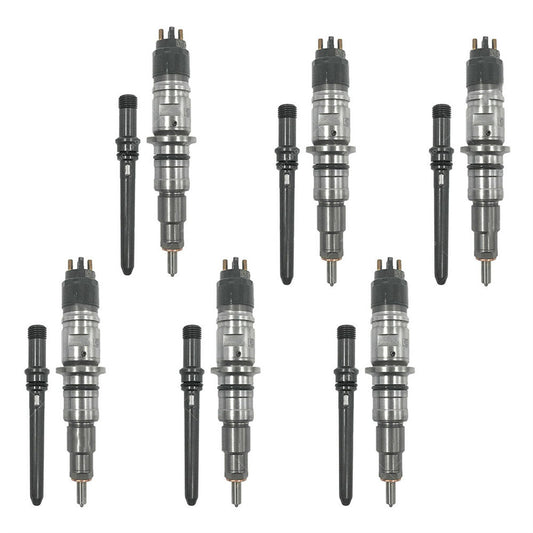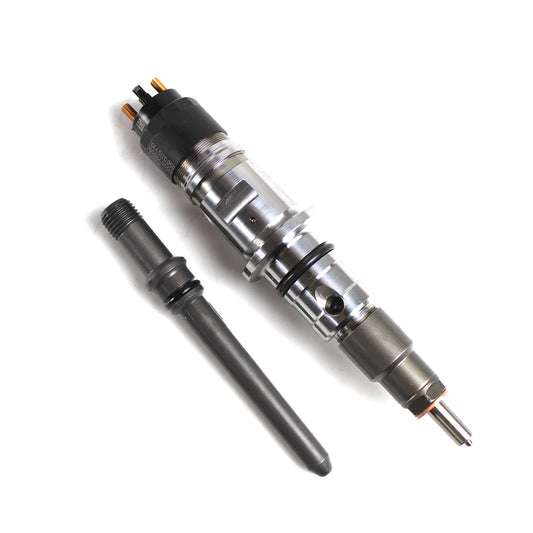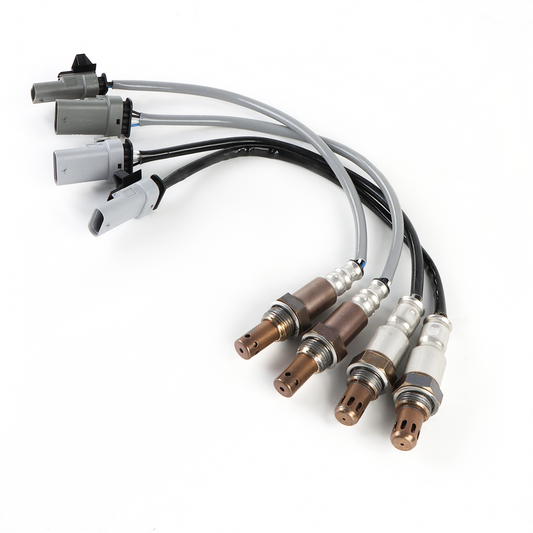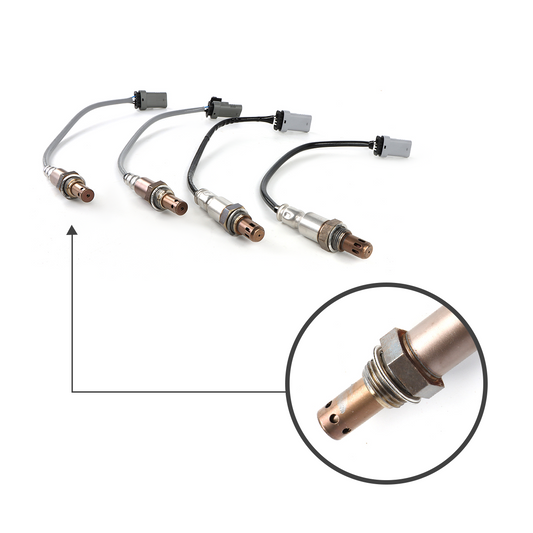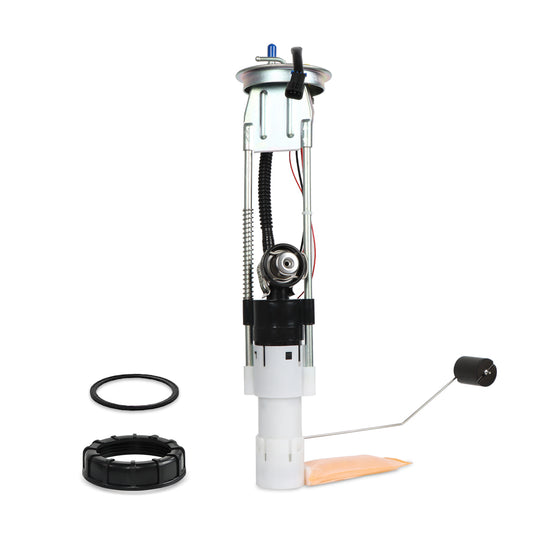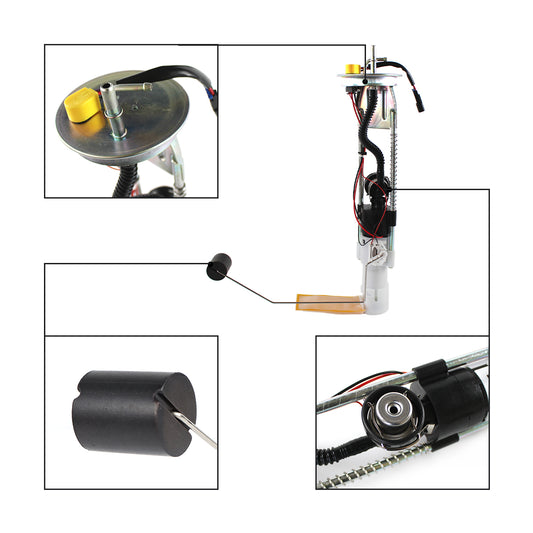What is Turbo Lag?
In the world of automotive engineering, the term "turbo lag" often emerges in discussions about performance. It refers to a delay in the acceleration of a vehicle equipped with a turbocharged engine. Despite its widespread usage, the concept of turbo lag remains somewhat elusive to many. Understanding its intricacies can help drivers make informed decisions and appreciate the nuances of turbocharged vehicles. In this article, we will delve into the fundamental aspects of turbo lag, explore its causes, and discuss the ways it can be mitigated in modern automotive design.
What is Turbo Lag
Imagine your car's engine as a human sprinter, and the turbocharger as the sprinter's energy drink. When the sprinter starts running, he doesn't immediately get the extra energy boost from the drink. He needs a few seconds to gulp it down, feel the surge, and then sprint faster. Similarly, in a turbocharged engine, when you press the accelerator for a quick burst of speed, there's a slight delay before the turbocharger kicks in, supplying the engine with the extra air it needs to generate more power. This delay in the energy boost is what we call turbo lag.
It's like the split-second delay you sometimes experience when you press the gas pedal to overtake another car on the highway. You expect an immediate surge of power, but instead, there's a brief pause before the turbocharger catches up and propels you forward. This phenomenon is particularly noticeable when you need a sudden burst of power, like when merging onto a fast-moving highway or swiftly maneuvering around obstacles.

Understanding this concept is crucial for drivers because it can affect the way you plan your driving maneuvers. Just like how you anticipate the time it takes for the sprinter to feel the effects of the energy drink, being aware of turbo lag helps you adjust your driving style to make the most of your vehicle's capabilities.
What makes turbo lag occur?
Several factors contribute to the emergence of turbo lag.
Inertia of the Turbocharger: One primary cause of turbo lag is the inherent inertia of the turbocharger. When the driver demands more power, the turbocharger, driven by the engine's exhaust gases, needs a brief moment to reach its optimal rotational speed. This delay is particularly noticeable during quick accelerations or gear changes, as the turbocharger requires time to spool up and compress the incoming air before delivering it to the engine.
Turbo System Design: The design of the turbocharging system plays a crucial role in determining the extent of turbo lag. Factors such as the size and type of the turbocharger, the efficiency of the intercooler, and the layout of the exhaust manifold can all impact the responsiveness of the turbocharged engine. A well-designed system can reduce the time taken for the turbocharger to generate sufficient boost pressure, thereby minimizing the lag.
Engine Characteristics: The characteristics of the engine itself, including its size and specific power delivery requirements, can influence the severity of turbo lag. Smaller engines with limited displacement may experience more pronounced turbo lag compared to larger engines due to differences in the volume of exhaust gas available to drive the turbocharger.
Exhaust Back Pressure: High levels of exhaust back pressure can contribute to turbo lag. If the exhaust system is not optimized for efficient gas flow, it can impede the rapid rotation of the turbocharger, leading to delays in power delivery. Proper exhaust system design and tuning can help alleviate this issue, reducing the overall lag experienced during acceleration.
Intercooler Efficiency: The efficiency of the intercooler, which is responsible for cooling the compressed air before it enters the engine, can also affect turbo lag. Inefficient intercooling can lead to higher intake temperatures, resulting in decreased air density and delayed combustion, thereby exacerbating the perception of turbo lag.

Impact on Driving Experience
Turbo lag, despite being an inherent characteristic of turbocharged engines, can significantly influence the overall driving experience. Its effects manifest in various ways, shaping the way drivers perceive and interact with their vehicles.
Acceleration Dynamics: During critical moments that demand immediate power delivery, such as overtaking on highways or accelerating from a standstill, the delay caused by turbo lag can result in a noticeable hesitation. This lag can create a disconnect between the driver's input on the accelerator and the vehicle's response, potentially affecting the driver's confidence and the overall feeling of control.
Driving Confidence: The inconsistency in power delivery due to turbo lag can impact the driver's confidence, especially during maneuvers that require precise control and quick responses. Sudden surges of power following a moment of lag can catch some drivers off guard, affecting their ability to predict and manage the vehicle's behavior effectively, particularly in challenging driving conditions.
Performance Expectations: For enthusiasts accustomed to immediate power delivery in naturally aspirated engines, the presence of turbo lag can alter their perception of the vehicle's performance capabilities. The perceived delay in acceleration can lead to the perception of reduced engine responsiveness, potentially affecting the overall satisfaction derived from the driving experience.
Driving Style Adaptation: Drivers may need to adjust their driving styles to accommodate the characteristics of a turbocharged engine with noticeable turbo lag. This adaptation could involve modifying acceleration patterns, planning overtaking maneuvers in advance, and anticipating the lag during gear changes, thereby requiring a more proactive and predictive approach to driving.
Overall Driving Enjoyment: While some drivers may find the sudden surge of power associated with turbocharged engines exhilarating, others may find the initial lag disruptive to the overall driving enjoyment. The degree to which turbo lag impacts the driving experience ultimately depends on the driver's preferences, driving habits, and expectations from the vehicle's performance.
By recognizing the various ways in which turbo lag influences the driving experience, manufacturers can continue to refine turbocharging technology to minimize these effects, thereby enhancing the overall satisfaction and enjoyment for drivers who appreciate both performance and responsiveness in their vehicles.
Mitigating Turbo Lag
In recent years, advancements in automotive engineering have led to various techniques aimed at minimizing turbo lag. Manufacturers have employed technologies such as twin-scroll turbochargers, variable geometry turbochargers, and electric turbochargers to enhance responsiveness and reduce the lag. These advancements have led to more efficient turbocharger designs that minimize inertia and improve the engine's responsiveness, thereby reducing the impact of turbo lag on modern vehicles. Moreover, refined engine management systems and improved intercooling have contributed to more seamless power delivery, making turbo lag less perceptible during everyday driving scenarios.
Future Prospects
Looking ahead, the future of automotive engineering holds promising developments aimed at overcoming the challenges posed by turbo lag. Engineers and researchers are actively exploring innovative technologies and solutions that could potentially revolutionize the driving experience in the coming years.
Electrification Integration: With the increasing trend towards vehicle electrification, the integration of electrically-assisted turbochargers is gaining traction. These advanced systems leverage electric motors to supplement the turbocharger's performance, effectively reducing lag and providing instantaneous power delivery. By seamlessly combining the benefits of electric propulsion with turbocharging, future vehicles are poised to offer enhanced performance without compromising efficiency.
Predictive Algorithms and AI Integration: The integration of advanced predictive algorithms and artificial intelligence (AI) in engine management systems is set to optimize the responsiveness of turbocharged engines. By continuously analyzing driving patterns, road conditions, and real-time data, these intelligent systems can pre-emptively adjust the turbocharger's operation, minimizing lag and ensuring a seamless power delivery experience. This integration not only enhances performance but also contributes to improved fuel efficiency and reduced emissions, aligning with the growing emphasis on sustainable automotive technology.
Advancements in Material Science: Ongoing advancements in material science are facilitating the development of lighter and more durable turbocharger components. Utilizing cutting-edge materials that exhibit superior strength and heat resistance, engineers can reduce the inertia of the turbocharger, enabling quicker spool-up times and significantly mitigating turbo lag. These advancements not only enhance performance but also contribute to the overall durability and longevity of the turbocharging system, ensuring sustained efficiency over the vehicle's lifespan.
Continued Research and Development: The automotive industry's commitment to continuous research and development remains unwavering. Collaborative efforts between manufacturers, research institutions, and academia are driving the exploration of new methodologies and technologies aimed at minimizing turbo lag. This collective endeavor is instrumental in fostering a culture of innovation that prioritizes the enhancement of driving dynamics and the overall satisfaction of vehicle owners, laying the groundwork for a future where turbo lag becomes a relic of the past.
By harnessing these advancements and fostering a culture of innovation, the automotive industry is poised to redefine the driving experience, offering drivers a seamless blend of power, efficiency, and responsiveness in turbocharged vehicles, thereby shaping a future where turbo lag becomes a distant memory.
In conclusion, as we look towards a future where turbo lag is minimized, innovative solutions like Daysyore's advanced turbocharger systems continue to lead the way in enhancing the driving experience. With their commitment to cutting-edge technology and seamless power delivery, Daysyore's turbochargers exemplify the next generation of turbocharging excellence. Explore their latest turbocharger offerings here and join the conversation on how these advancements are shaping the future of automotive performance!
(🎁A hidden discount code: WARM7. To get a 7% discount)
Have you experienced turbo lag in your vehicle? Share your thoughts with us in the comments below!


